PALS Megacode Scenario Simulations on Tachycardia
In this practice paper healthcare providers will be given scenarios to identify the type of tachycardia and implement the correct interventions based on PALS protocols. Participants will refine their skills in rapid assessment, medication administration, and synchronized cardioversion. This resource is ideal for both medical and non-medical professionals.
Hurry, don’t let time run out! 5 mins 00 secs
2/10
Good try!
Now you can give it another shot9/10

